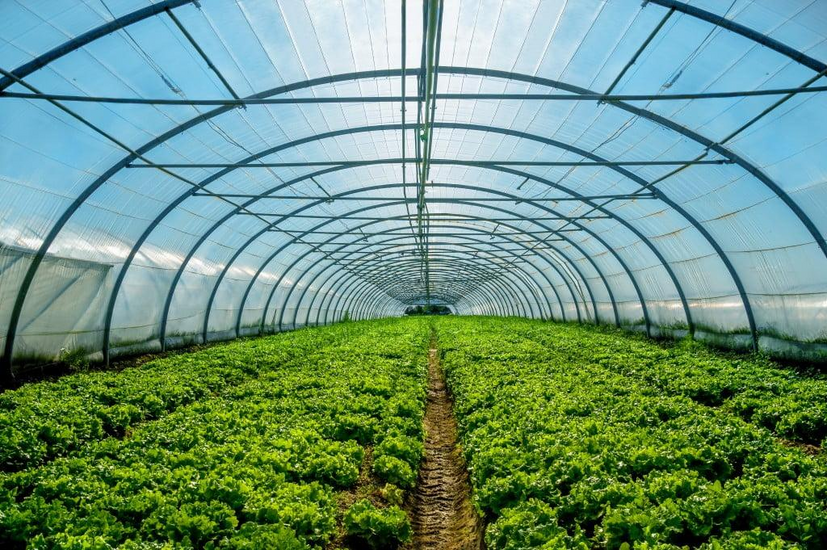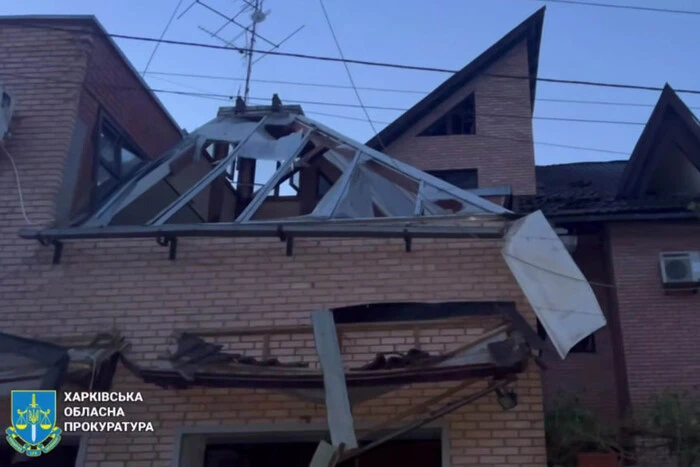When is the best time to plant tomatoes for seedlings, in a greenhouse and in the ground.


With the arrival of warmth, the need to load the greenhouse has arisen. In this case, it is necessary to determine when to plant tomatoes and how to organize this process.
The nuances of when to plant tomatoes for seedlings affect the harvest and its quantity. Factors influencing when to plant seedlings of tomatoes are quite diverse. After all, this is influenced by the region, the weather, and even the variety of tomatoes.
When to plant tomato seeds for seedlings?
When considering when to plant tomatoes in the ground or in a greenhouse, it is better to rely on the climatic conditions of the region. You can also rely on weather forecasts and even the phases of the Moon. It is also necessary to prepare the seeds and seedlings.
But let's start with the fact that there are several reasons for planting tomatoes in a greenhouse:
-
Increasing productivity. In a greenhouse, optimal conditions for the growth and development of seedlings can be created, which can lead to higher yields compared to growing the same seeds in open ground. Parameters such as temperature, humidity, and lighting can contribute to early and more intense fruiting.
-
Protection against adverse weather conditions. The greenhouse provides protection against adverse weather conditions, such as sharp temperature fluctuations, wind, rain, or hail. This helps prevent damage to plants and preserve yield. In general, many seedlings suffer precisely because of the weather, and then because of pests or diseases.
-
Control of diseases and pests. It is easier to control the development of diseases and the spread of pests on tomatoes in a greenhouse than in open ground. Methods for controlling diseases and pests, such as treating plants with special preparations, can be used.
-
Prolonging the harvest season. Planting tomatoes in a greenhouse allows you to start harvesting earlier and extend the harvest season into late autumn or even winter in some regions. This is especially useful in cold climate zones.
In general, growing tomatoes in a greenhouse can improve yield, quality, and the duration of the harvest season, making it a better cultivation method for many gardeners and farmers.
How to plant tomatoes in a greenhouse?
Planting tomatoes in a greenhouse has many advantages. In addition, this process is clear and step-by-step.
Planting tomatoes in a greenhouse involves several steps:
-
Greenhouse preparation. First of all, prepare the soil in the greenhouse by providing good drainage and adding organic material, such as compost or manure, to improve soil fertility.
-
Selection of seedlings. Choose healthy tomato seedlings with strong stems and well-developed root systems (the weaker the seedling, the harder it will be to plant it in open ground). Seedlings should be planted in the greenhouse when they reach a height of approximately 15-20 cm.
-
Planting seedlings. Make holes in the greenhouse soil at a distance of about 45-60 cm from each other, depending on the tomato variety. Place the seedlings in the holes so that the top of the stem is below ground level, and remove the bottom leaves. This helps stimulate root development.
-
Supporting plants. Also, set up supporting structures, such as trellises or nets, to help plants rise and prevent them from falling under the weight of the fruit.
-
Watering. After planting the tomatoes, water them generously to help the plants settle and root in the new soil. Keep the greenhouse soil moist by watering the plants regularly as needed.
-
Fertilization. Also, regularly fertilize the tomatoes using organic or mineral fertilizers to provide an adequate amount of nutrients.
In general, tomatoes can be planted in a greenhouse and ensure their healthy growth and development by following these steps.
How are tomatoes planted in a greenhouse?
Returning to planting tomatoes in a greenhouse, you should choose one of the methods.
For example:
-
Seed sowing. You can start by sowing tomato seeds in special containers, such as plastic pots or seedling trays with soil. When the seeds sprout and the plants become large enough, they can be transplanted into the greenhouse.
-
Buying seedlings. You can also buy ready-made tomato seedlings and transplant them into the greenhouse. Seedlings can be bought in pots or containers, and then transplanted into the greenhouse soil. This option is simpler.
-
Another possible method of planting tomatoes is "bare root", when seedlings are moved without the soil in which they were grown. In this case, the roots of the tomatoes can be wrapped in moss or damp newspaper to retain moisture during transport. This option is not as simple, but it has many advantages.
In any case, it is important to choose healthy tomato seedlings, regardless of the chosen planting method. Then the seedlings will sprout quickly.
Which tomato varieties are planted in a greenhouse?
There are many tomato varieties that are well suited for growing in a greenhouse. They grow quickly and quite easily.
Here are a few popular varieties that are usually planted in greenhouses:
-
Medium and early varieties. These varieties ripen faster and are well suited for cultivation in greenhouse conditions where the temperature can be higher than in open air. Some of them include: Early Girl, Siberian, Oregon Spring, and Siberian.
-
Varieties with large, juicy fruits, such as Beefsteak, Big Boy, Brandywine, and Mortgage Lifter, usually sprout well in greenhouses and can provide a rich harvest.
-
Small tomato varieties, such as Sweet 100, Sungold, Cherry Roma, and Red Currant, also work well for cultivation in greenhouses. They may be more resistant to diseases and pests, as well as provide a long harvest season.
-
If you plan to use tomatoes for canning or preserving, then varieties with a dense fruit structure, such as Roma, San Marzano, and Amish Paste, can be an ideal choice for cultivation in a greenhouse.
When choosing tomato varieties for cultivation in a greenhouse, pay attention to the climate of the region and even the size of the plot.
How to care for tomatoes in a greenhouse?
Caring for tomatoes in a greenhouse involves a number of important processes, including fertilization and frequent watering.
A simple algorithm for caring for plants in greenhouses:
-
Watering. Tomatoes require regular watering, especially during hot periods. Therefore, water the plants regularly, moistening the soil, but avoiding waterlogging. It is better to water in the morning or evening to reduce moisture evaporation and prevent leaf burn during the day.
-
Fertilization. Tomatoes require nutrients for rapid growth and development. Regularly fertilize the plants with organic or mineral fertilizers. Organic options include compost, manure, or organic fertilizers such as bone meal. Mineral fertilizers can be applied according to the instructions on the package. Such fertilizers are needed for all tomato varieties.
-
Supporting plants. Tomatoes require support, especially when they start to fruit. Use support structures like trellises, nets, or tomato cages to help plants rise and support fruits.
-
Pruning. Remove side shoots and excess leaves to ensure better air and light circulation inside the greenhouse. This also helps prevent disease development and allows plants to focus their energy on fruit development. Pruning is not necessary for all tomato varieties.
-
Disease and pest control. Regularly inspect plants for signs of diseases or pests. If you notice damage or signs of diseases, take the necessary control measures. This may include using natural or chemical pest control methods.
All tomatoes in a greenhouse require care and regular monitoring.
Read also
- What to see in Bukovel: winter, summer and autumn
- What to see in Iceland: in winter, in summer, on a tour
- What is p2p and pay2pay transfer
- Best Adult Films: TOP 5 Films










